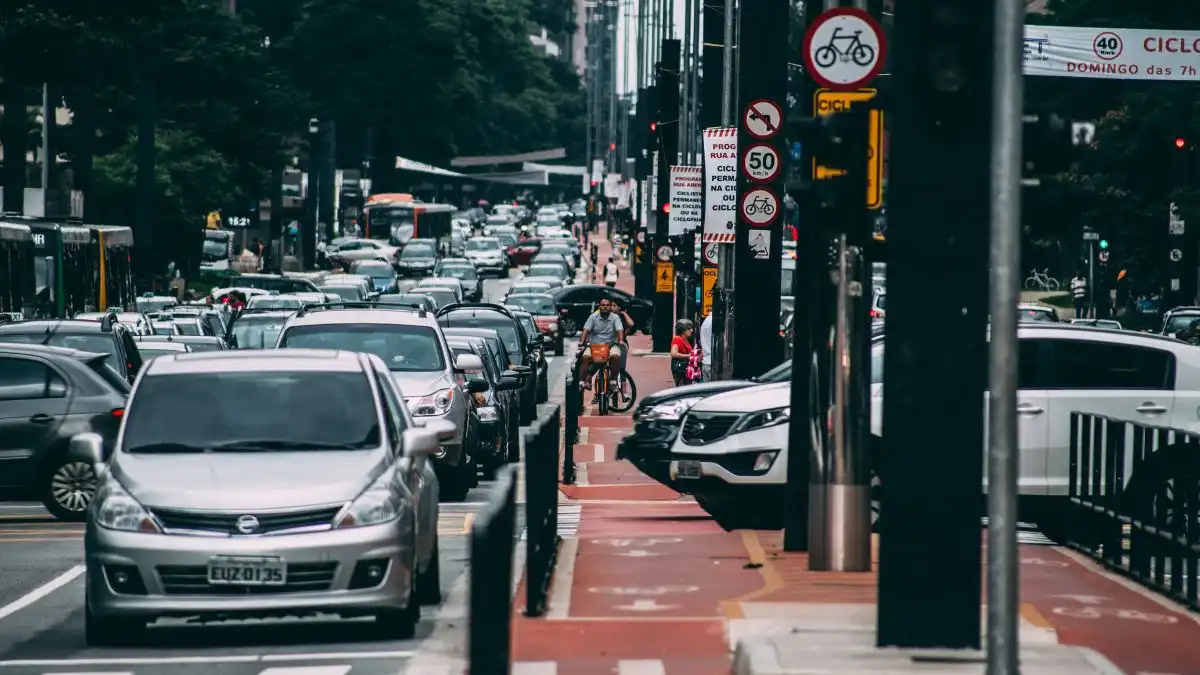Guwahati, the bustling center of Northeast India, is a city of contrasts. Although it is known for its vibrant culture and natural beauty, it is also infamous for its constant traffic chaos.
Table of Contents
The Growing Gridlock 🚗🚕
As the population of Guwahati increases, so does its traffic. 📈🚗 Downtown areas like Paltan Bazaar, Ganeshguri, and Basistha Chariyali are the most affected, with congestion causing inconvenience to daily commuters.
The Street Vendor Conundrum 🛒👥
Adding to the chaos are street vendors who take over roads and footpaths and sell everything from food to clothes. 🍔👕 These vendors, while providing livelihood to many, have become a major nuisance and major contributors to traffic congestion.
Parking Predicaments 🅿️🚧
Finding parking space in Guwahati has become a headache, with street vendors setting up shops on footpaths and roadsides. 🚗🅿️ This situation of haphazard parking leads to increased traffic jams, especially in the evening when eateries are in full swing.
The GMC’s Unfulfilled Promises 🏢🤷
The Guwahati Municipal Corporation (GMC) has repeatedly promised to set up “vending zones” across the city, but progress has been slow. 🗓️🏙️ Actually, GMC does not even have an accurate count of street vendors in the city, making the situation even more suspicious.
The Plight of Street Vendors 🙍♂️🙍♀️
Most of the street vendors in Guwahati are immigrants or laid-off workers, who work 10-12 hours a day and are still struggling to make ends meet. 💼🛒🌆 They face harassment from local goons, and police and threats of eviction from municipal authorities.
The Rise of Vendor Associations 👥🤝
In response to these challenges, Guwahati’s street vendors have organized themselves into associations and some are even part of the National Hawker Federation (NHF). 🤝🇮🇳 They have protested demanding the creation of vending zones, but progress remains unclear.
Legal Protection for Street Vendors 📜🛡️
Street vendors in Guwahati enjoy constitutional protection under the Street Vendors (Protection of Livelihood and Regulation of Street Vending) Act, 2014. 👍📜 This Act mandates the creation of appropriate vending zones, in line with the right to equality (Article 14) and freedom of trade (Article 19(1)(g)) of the Indian Constitution.
The Long Road Ahead 🛣️
Despite the law being in place for over nine years, the GMC has struggled to enforce the Street Vendors Act in Guwahati. 📆🤨 Will GMC ever be able to find a permanent solution to this complex issue? only time will tell.
Conclusion
Guwahati’s traffic chaos, exacerbated by street vendors, paints a complex picture of urban challenges in India. 🇮🇳🚗 Although progress has been slow, the legal framework is in place to protect the rights of street vendors. 📜✊ As the city grows, striking a balance between livelihoods and efficient traffic management remains a difficult task.
| 📈 Key Takeaways | 📋 Quick Facts |
|---|---|
| Due to population growth, the traffic system of Guwahati is deteriorating. | Street vendors occupy roads and footpaths, which increases crowding. |
| Parking is a big issue due to vendors occupying the space. | GMC has promised to set up vending zones but progress is slow. |
| Street vendors, primarily immigrants, face harassment and threats of eviction. | Legal protection for street vendors exists under the Street Vendors Act. |
Sources:
- The Street Vendors (Protection of Livelihood and Regulation of Street Vending) Act, 2014
- Times of India
In this blog post, we have highlighted the ongoing traffic problems in Guwahati, which have arisen largely due to the proliferation of street vendors. The issue presents a multi-faceted challenge for the city, involving not only traffic management but also livelihood and legal protection for street vendors. As Guwahati continues to grow and develop, finding a harmonious solution remains a priority.
FAQs
What is causing traffic congestion in Guwahati?
Traffic congestion in Guwahati is primarily caused by a combination of factors, including rapid population growth, haphazard parking, and the encroachment of roads and footpaths by street vendors.
Who are these street vendors, and what do they sell?
Street vendors in Guwahati come from various backgrounds, including immigrants and laid-off workers. They sell a wide range of items, including food, fruits, garments, vegetables, and other goods.
How are street vendors contributing to traffic problems?
Street vendors often occupy both sides of the roads and footpaths, leaving limited space for vehicles and pedestrians. Their presence leads to congestion and makes it difficult for commuters to navigate through the city.
